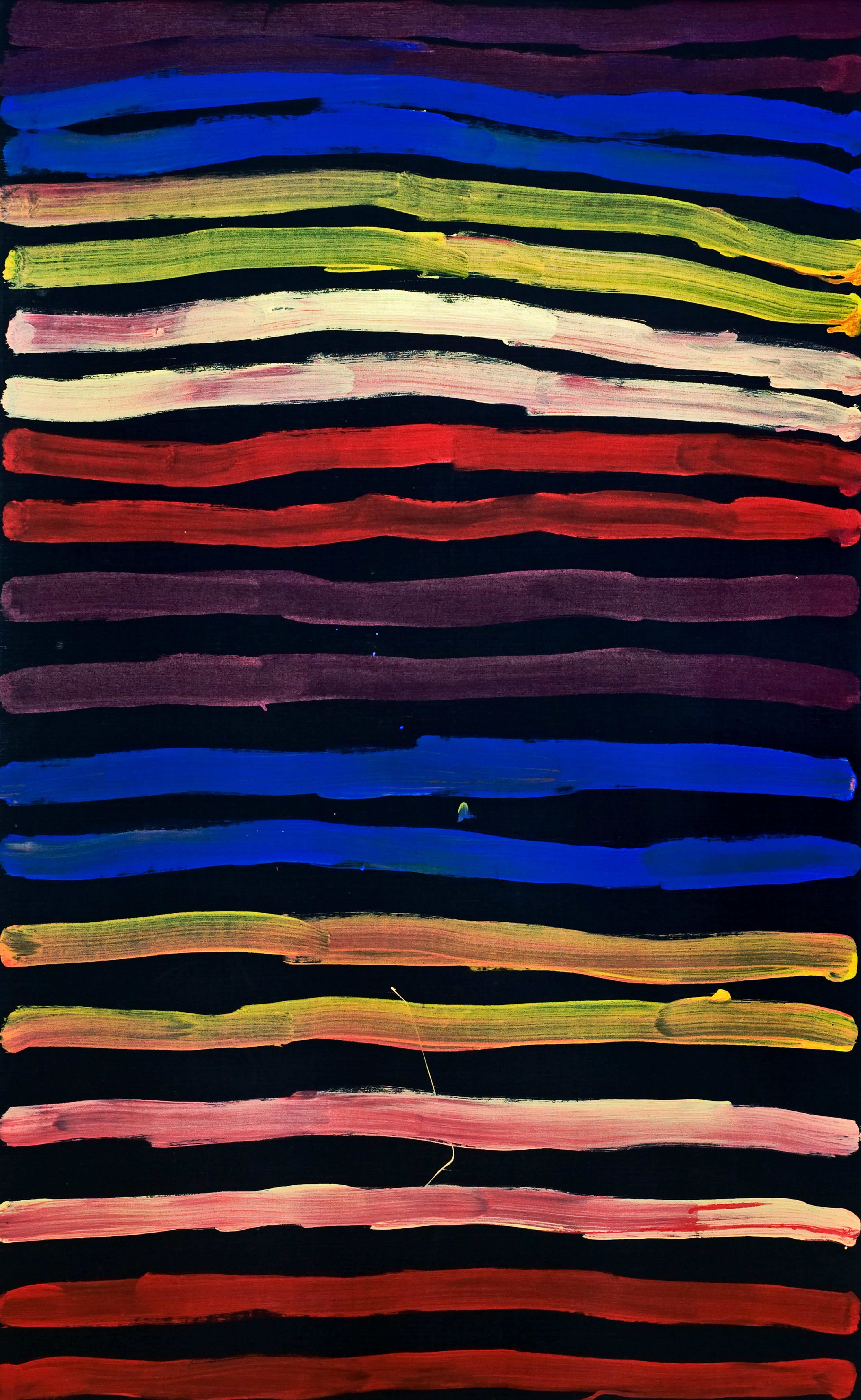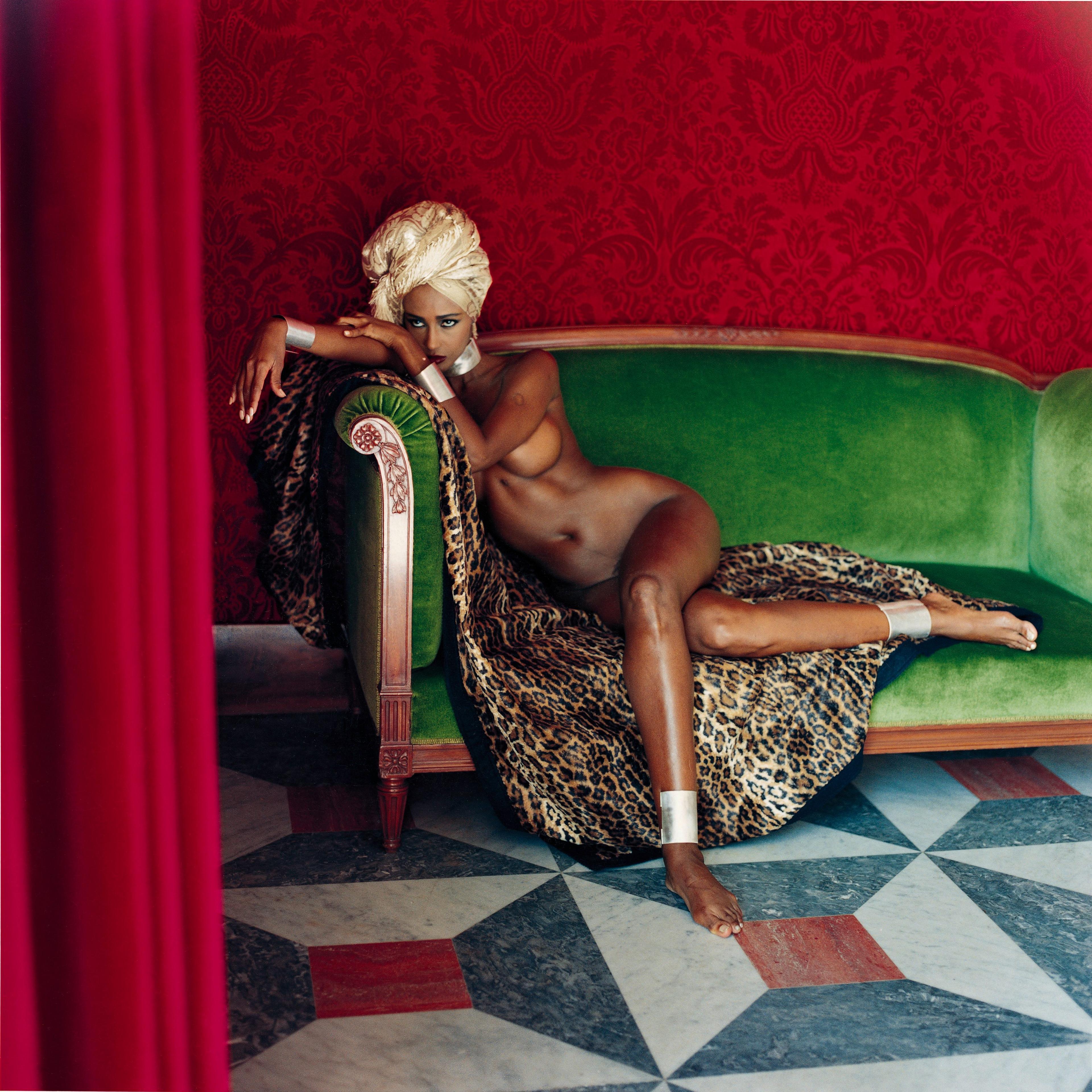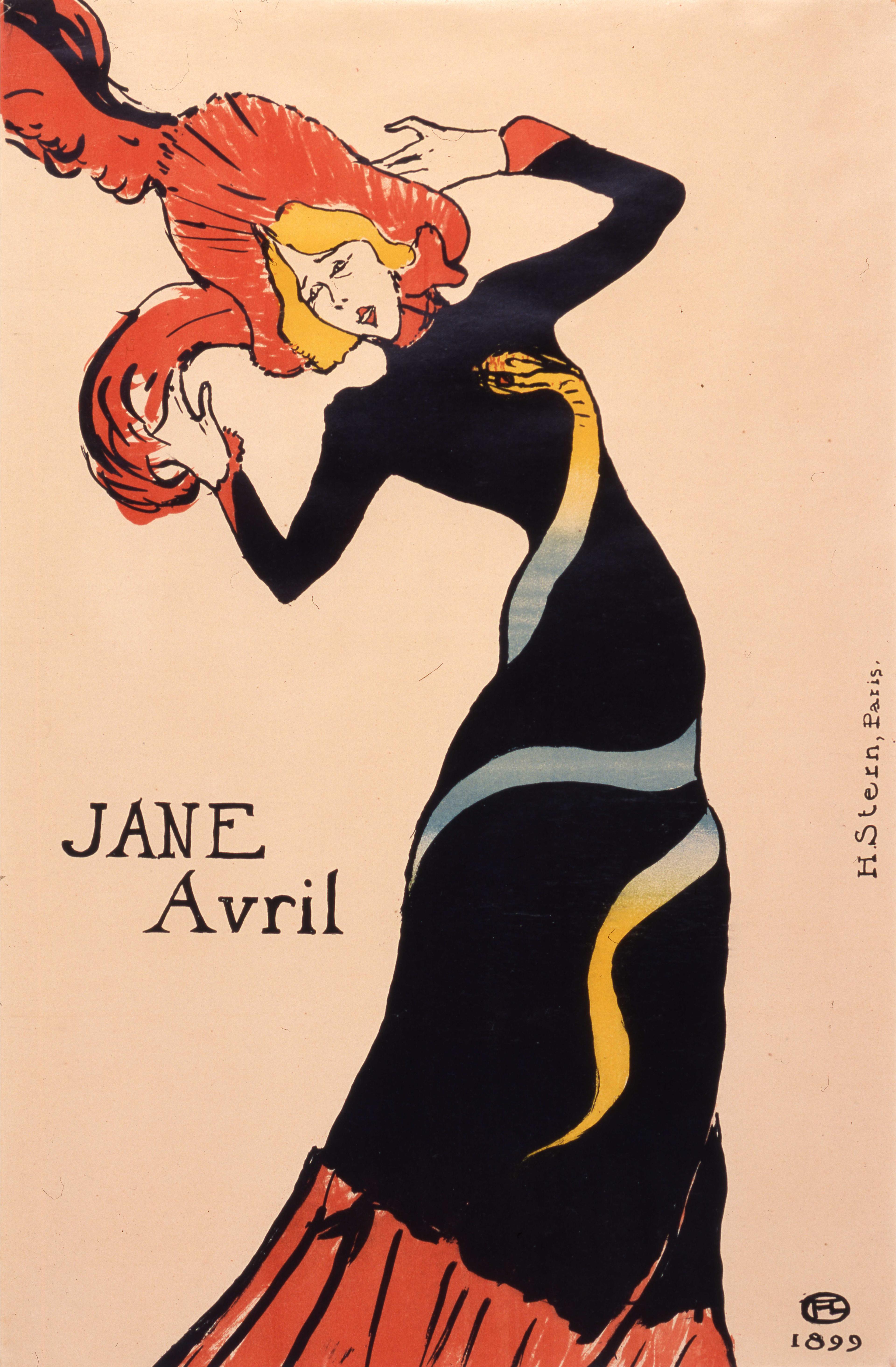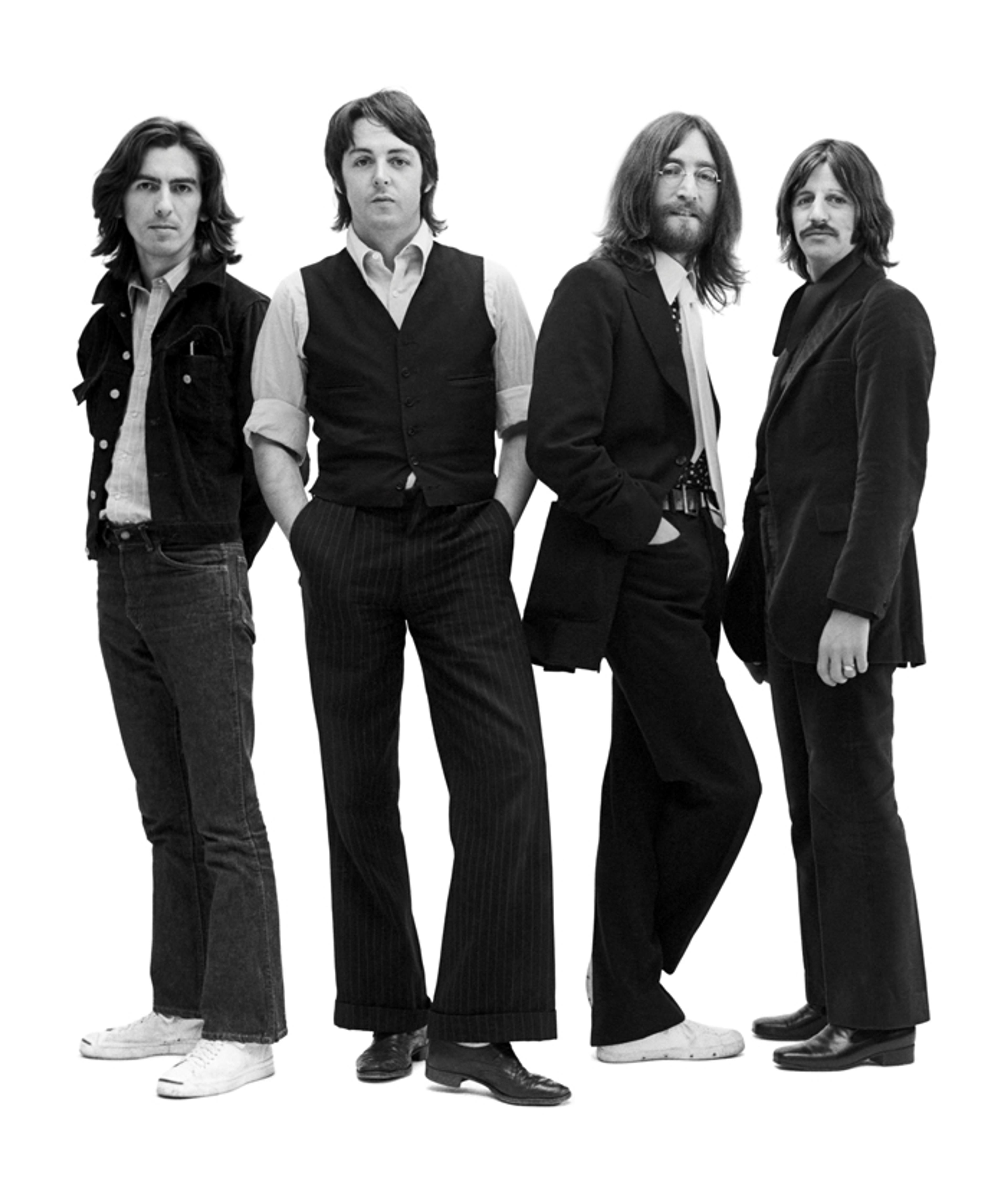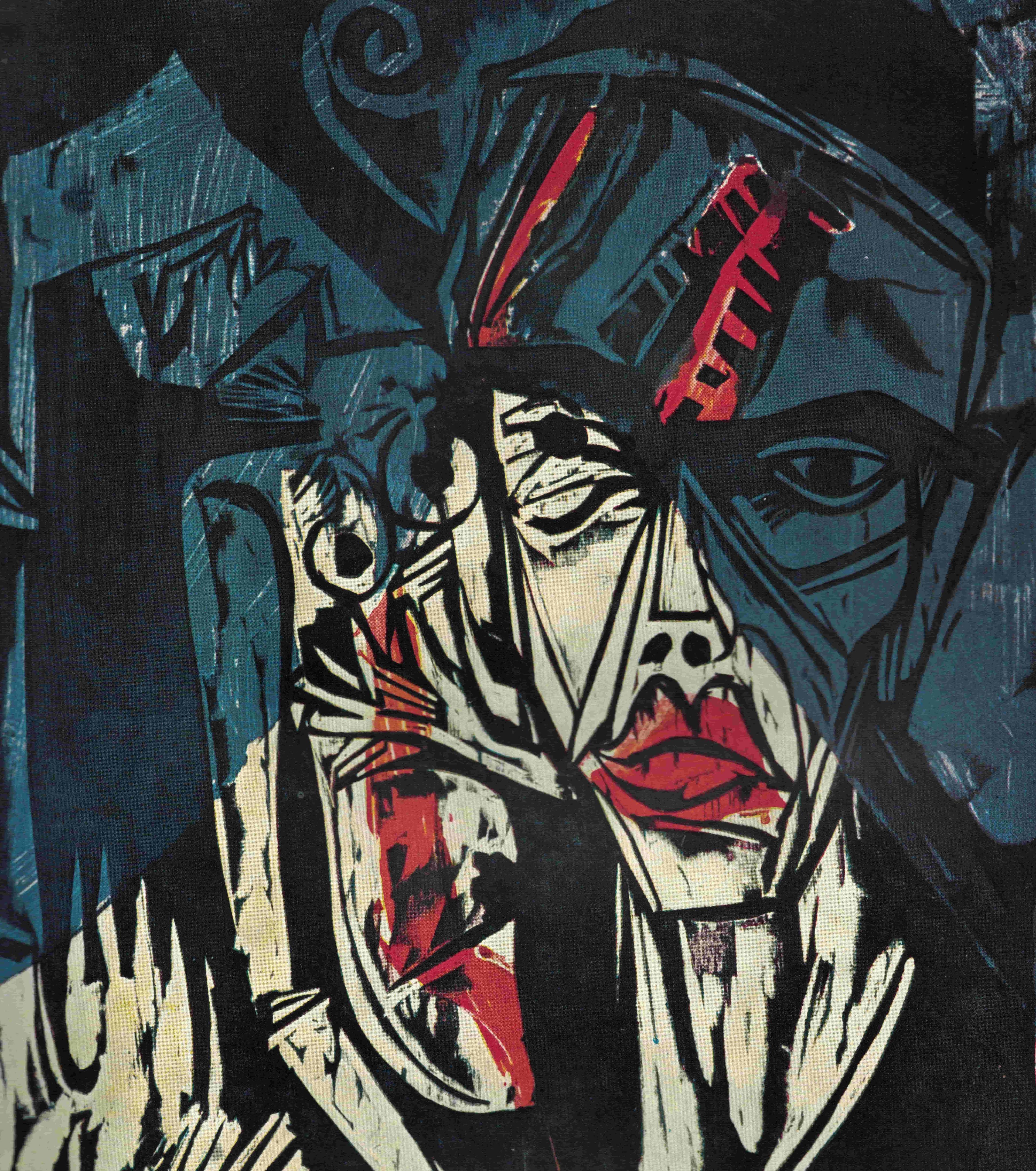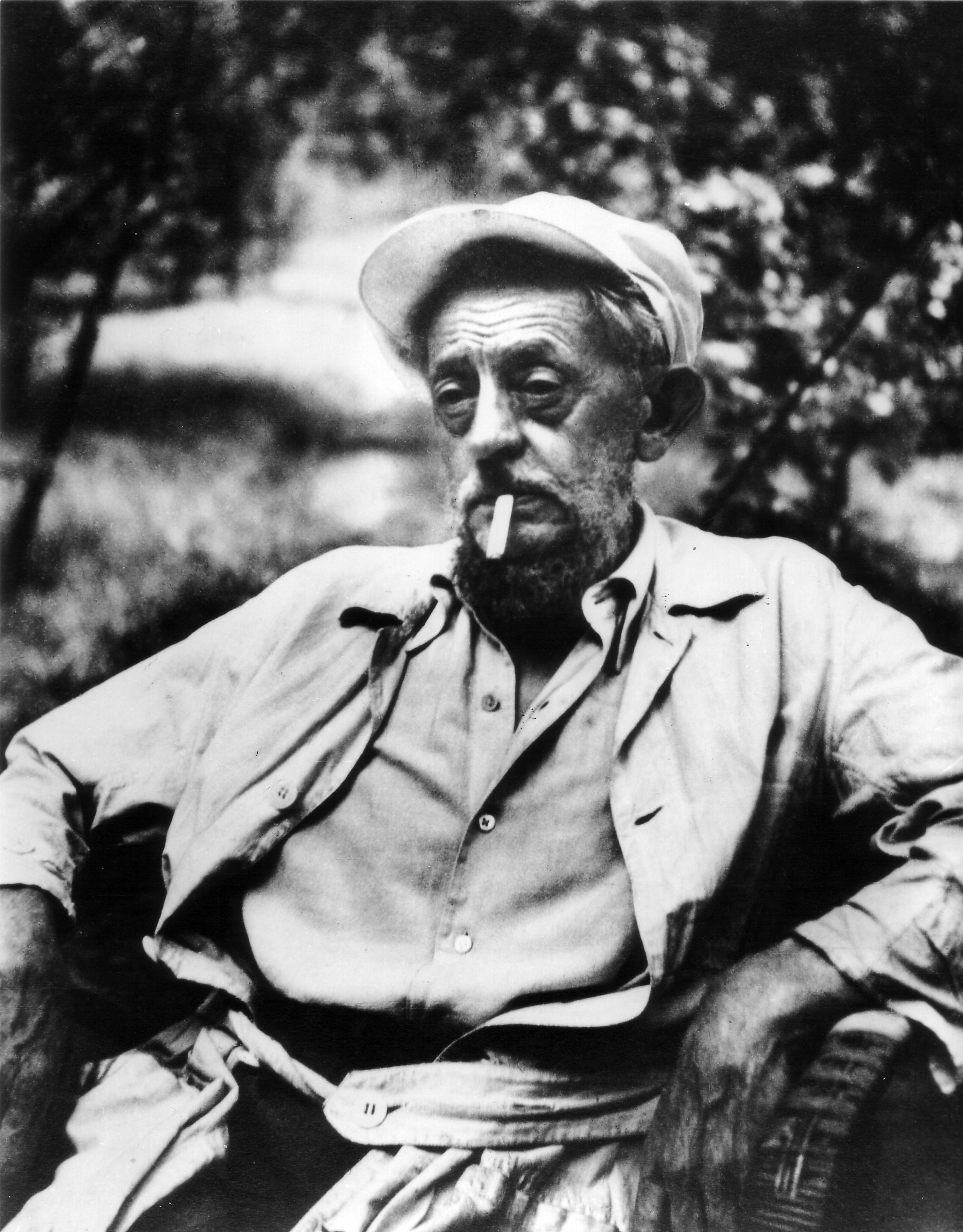
Käthe Kollwitz
Early on, Käthe Kollwitz (1867-1945) conceived her artistic work in contradiction to a reality perceived as cold and marked by war, violence and materialism. She put her art entirely at the service of social responsibility. Her attention was focused on those people who, in the shadow of progress, live in the poorest conditions and struggle daily for their existence. In realistic and appealing imagery, she denounces a reality that allows such misanthropy.
She uses her artistic skills predominantly to stand up for socially marginalised groups and to point out social grievances. In addition to drawing, graphic art and painting, she soon discovered sculpture. She designed posters commemorating war victims, workers' aid or for starving people in Russia. During National Socialism, Käthe Kollwitz not only suffered under the political circumstances, she also had to endure severe personal strokes of fate. Her friend and fellow artist Ernst Barlach died in 1938, her husband in 1940 and her eldest grandson in 1942 in the war. In 1943, Käthe Kollwitz's apartment in Berlin was completely destroyed in air raids and she had to leave Berlin.
With over 100 works by Käthe Kollwitz, our collection can not only offer a retrospective view of the artist's oeuvre, but also reflect the development of her worldview against the backdrop of historical events. Current debates about social responsibility, poverty and wealth, empathy and commitment to peace are documented in Käthe Kollwitz's work to such an extent that it can be impressively related to modern man's search for meaning in the global present shaken by crises.
In addition, interactive and digital accompanying media deepen the dialogue between art and visitors and address new target groups. The accompanying educational program Face Art - Face Future is also available for teenagers and young adults aged 14 to 18.

